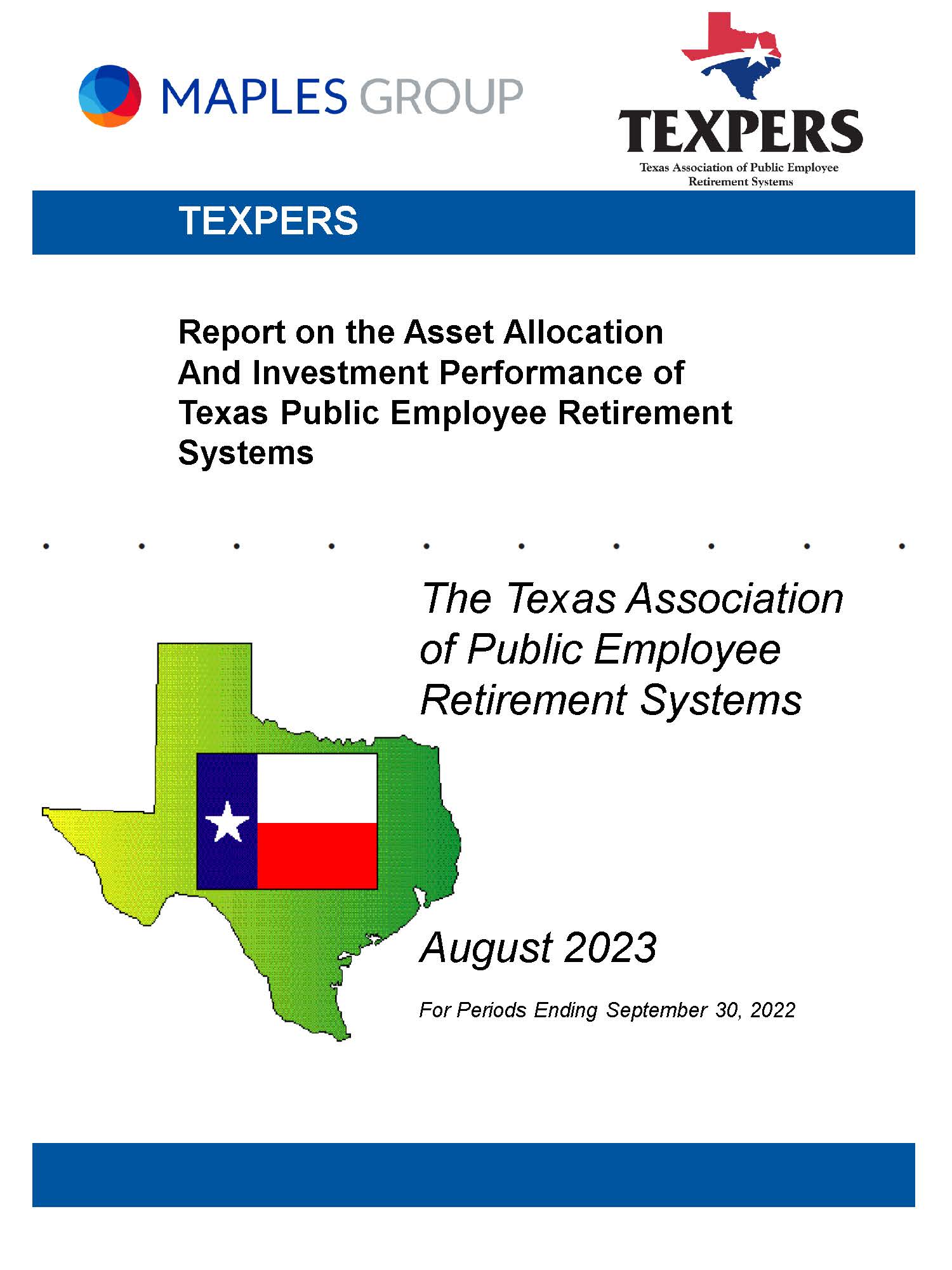|
|
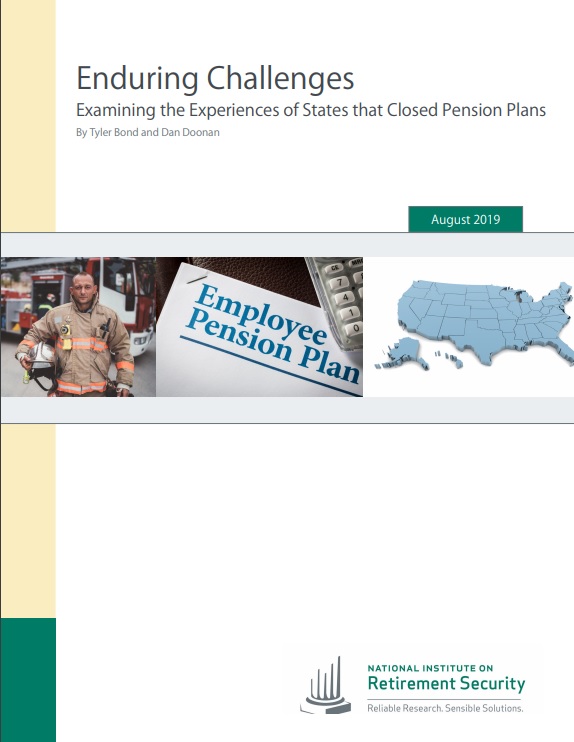 |
Enduring Challenges: Examining the Experiences of States that Closed Pension Plans A new series of case studies finds that states that shifted new employees from defined benefit pensions to defined contribution or cash balance plans experienced increased costs for taxpayers, without major improvements in funding. |
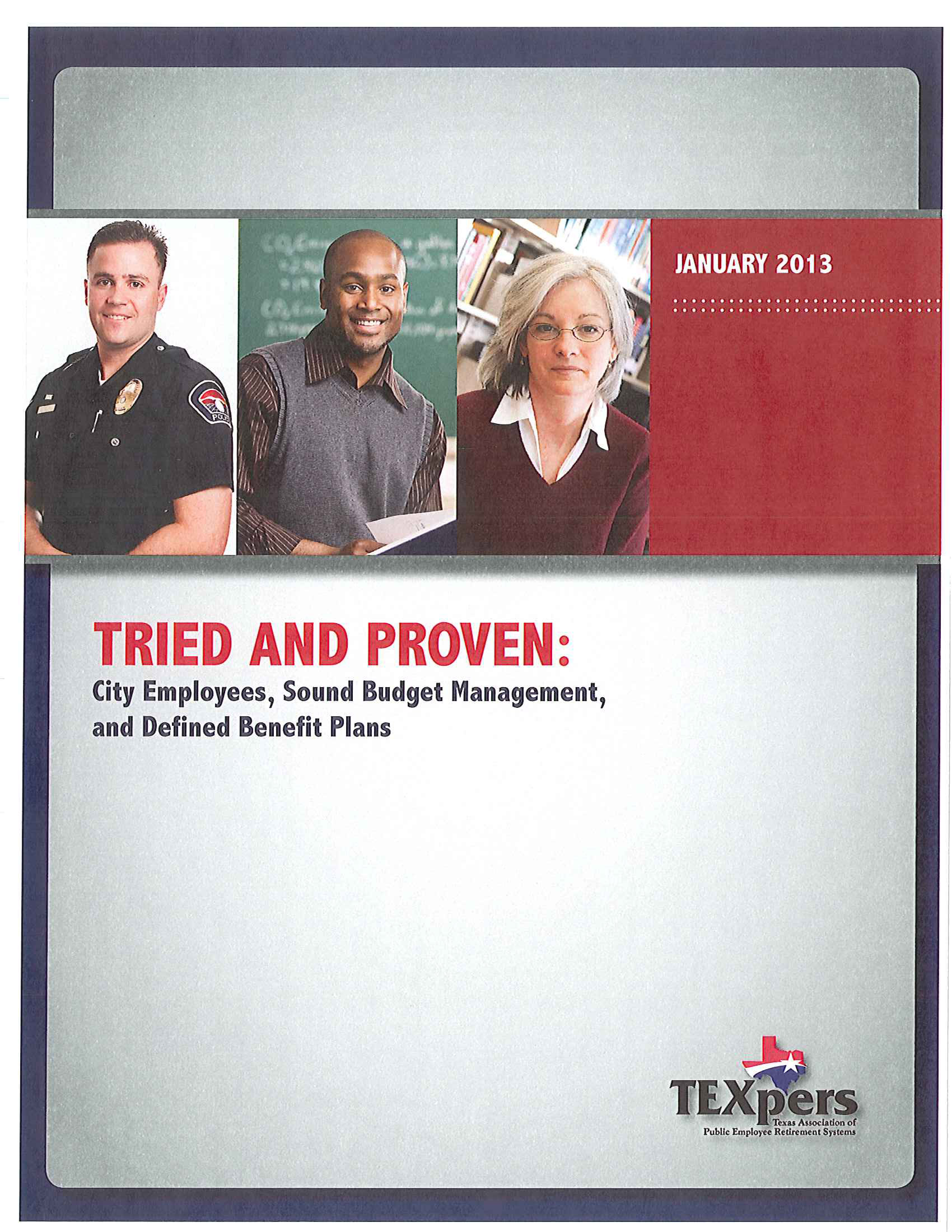 |
Tried and Proven: City Employees, Sound Budget Management and Defined Benefit Plans This brochure provides a summary of reasons as to why defined benefit plans are the best option for the cities and taxpayers of Texas. |
.jpg) |
The Perryman Group, an economic analysis firm, found that payments to Texas retirees from the state's largest public retirement systems and local pension systems create $10 billion in annual economic stimulus for the Texas economy. |
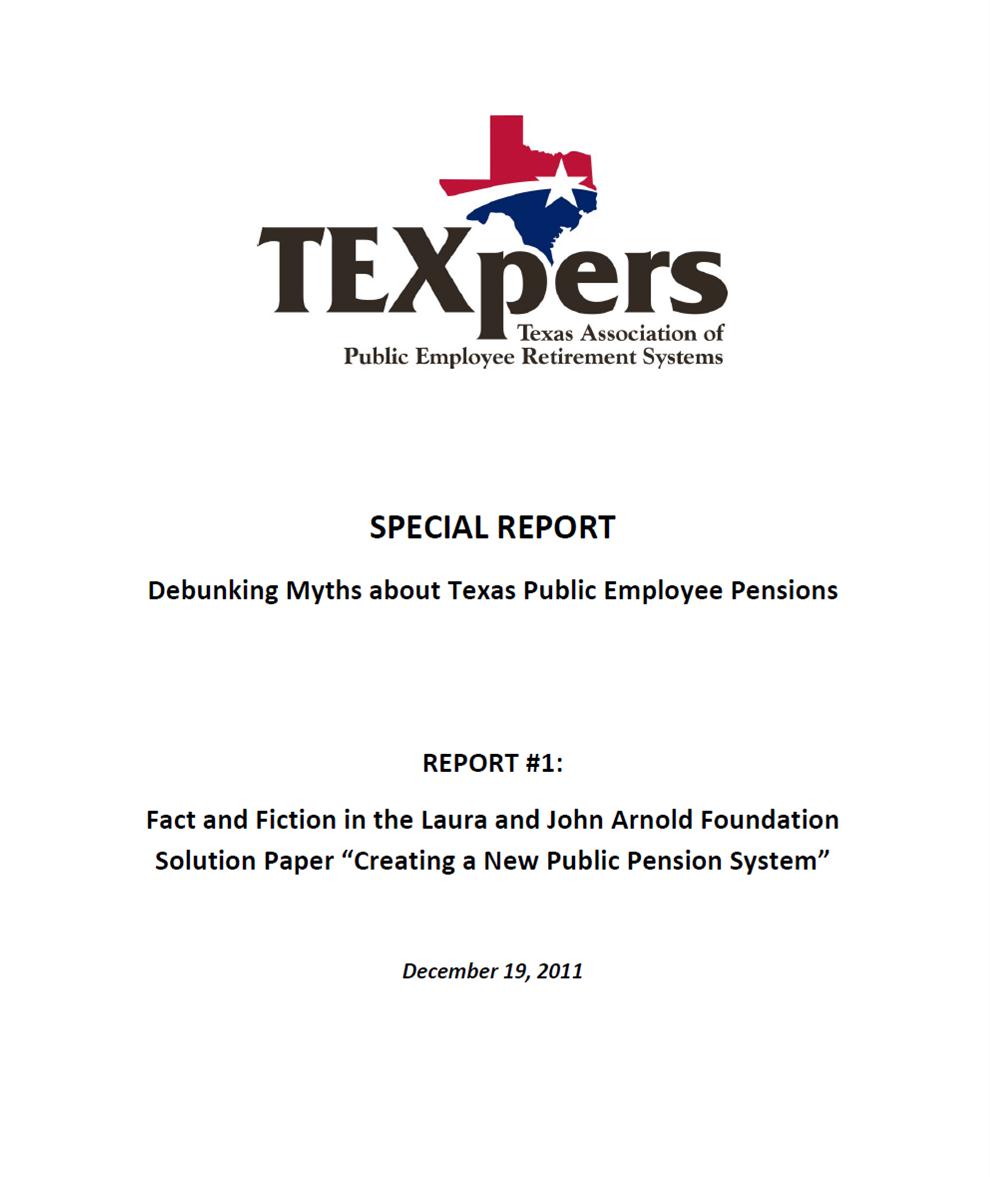 |
In this fact-checking article, TEXPERS responds to various myths about defined benefit plans. The paper responds to assertions that are made the Laura and John Arnold Foundation's first policy paper on the need to change public employee pensions from defined benefit to defined contribution plans. |
.png) |
Pension Trustee Advisors Study --- "TEXPERS DBDC Analysis" TEXPERS, with the support of the three public employee retirement systems in Austin, Houston and San Antonio, asked William B. Fornia and Pension Trustee Advisors, Inc. (PTA) to compare defined benefit pension plans to 401(k)-type defined contribution retirement savings plans using actual employee data for those systems. Pension Trustee Advisors found that for the profiles of Texas workers in three selected systems, the defined benefit plans' costs ranged from 39% to 44% less than the defined contribution costs to provide the same levels of retirement benefits. |
Partner Research and Study Papers
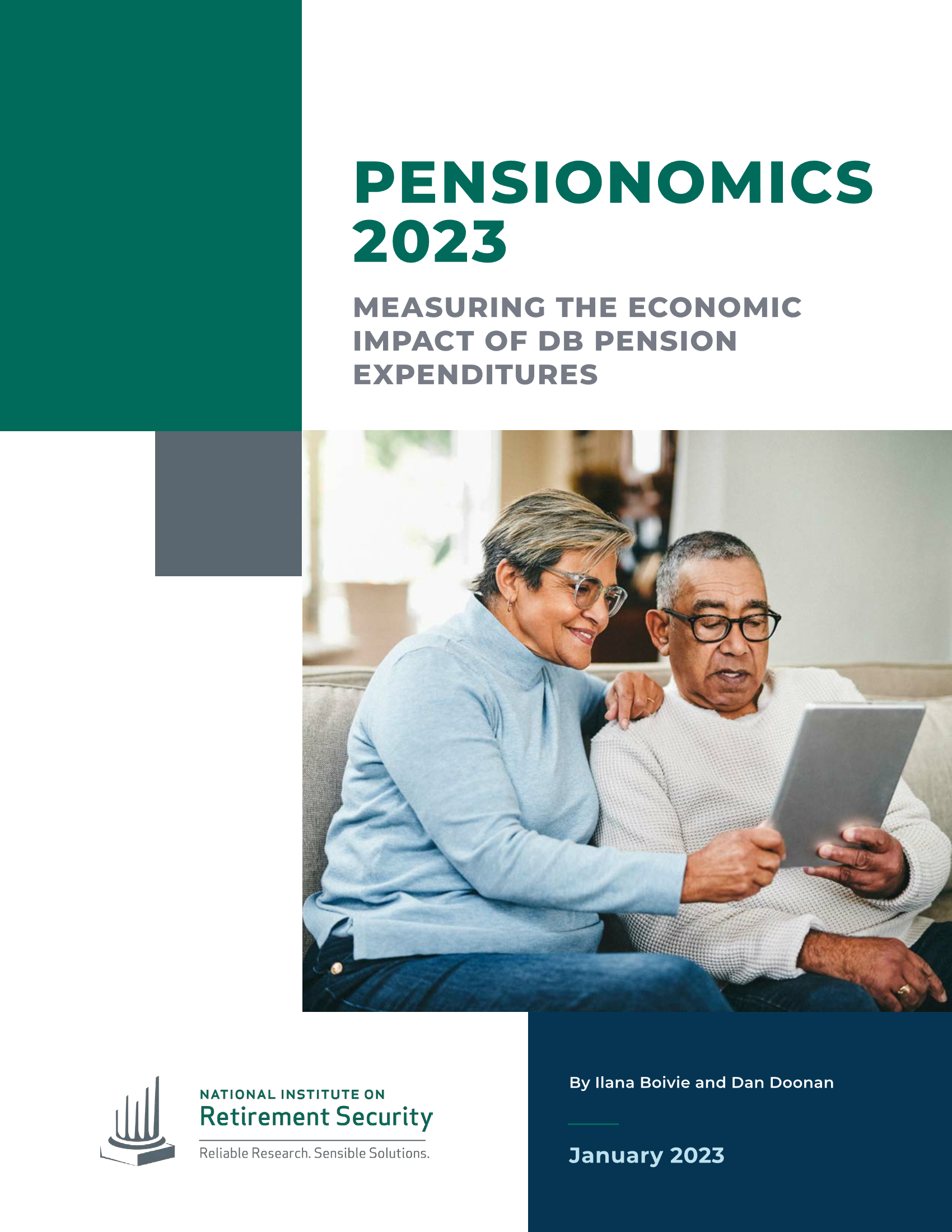 |
Pensionomics 2023: Measuring the Economic Impact of DB Pension Expenditures This National Institute on Retirement Security report calculates the national economic impacts of U.S pension plans, as well as the impact of state and local plans on a state-by-state basis. |
 |
Decisions, Decisions: An Update on Retirement Plan Choices for Public Employees and Employers This National Institute on Retirement Security study finds that public sector employees with retirement plan choice overwhelming choose defined benefit (DB) pensions over 401(k)-type defined contribution (DC) individual accounts. |
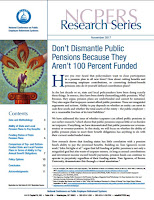 |
Don't Dismantle Public Pensions Because They Aren't 100 Percent Funded According to this National Conference on Public Employee Retirement Systems research series brief, new research shows that funding status has little correlation with a pension fund's ability to pay the promised benefits.
|
 |
Public Pensions are a Good Deal for Taxpayers This National Conference on Public Employee Retirement Systems research series brief finds that public pensions are beneficial to taxpayers in a variety of ways that are under-reported and poorly understood by many observers.
|
 |
Economic Loss: The Hidden Cost of Prevailing Pension Reforms This National Conference on Public Employee Retirement Systems study explores how much economic damage will occur in 2025 if the dismantling of public pensions continues and what can be done to address funding issues without dismantling of public pensions.
|
 |
State and Local Government Contributions to Statewide Pension Plans: FY 15 This National Association of State Retirement Administrators brief describes how contributions are determined, the recent public employer contribution experience, and trends in employer contributions over time.
|
 |
This National Public Pensions Coalition report examines the history of public pension plans in the United States. In tracing their development, the report considers why public pensions are still important today.
|
 |
TLFFRA Survey of Investment Experience 1995 to 2022 This presentation shows the 2022 rates of return for 41 plans in the Texas Local Fire Fighter Retirement Act (TLFFRA) system, which covers full-time firefighters. |



